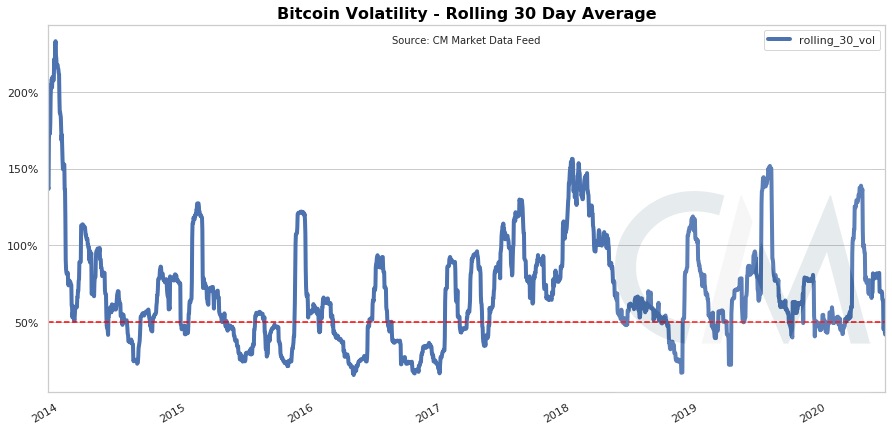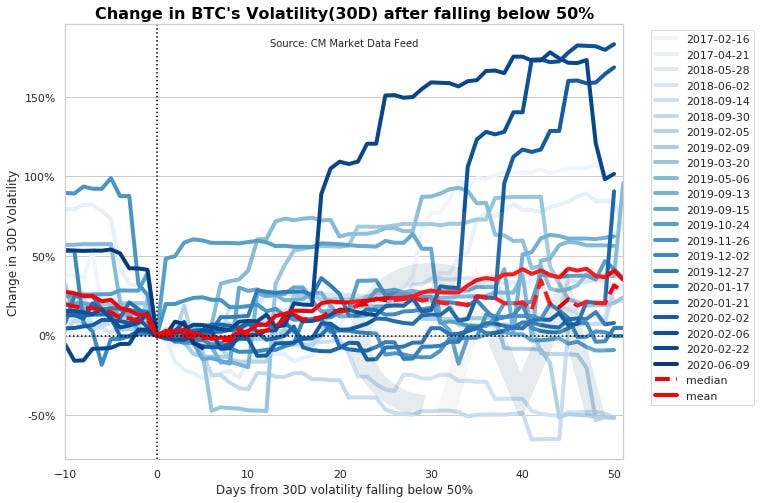From buying a pizza for 10,000 Bitcoin to the world’s first pseudonymous poker tournament that took place eleven years ago with the prize being 1,000 BTC, the cryptocurrency has sure come a long way.
In yet another crucial development, Barron’s newspaper, which happens to one of the largest financial publications in the United States, just featured Bitcoin on its front page. While most aspects mentioned in the newspaper about the world’s largest cryptocurrency were not positive, it is, however, an important development as MicroStrategy’s Michael Saylor put it:
“The world is waking up to the phenomenon of Bitcoin.”
Over the past year, it was up by more than 720%. When compared to its peer altcoins, the gains were comparatively lower, nevertheless, it did make an attempt to brush past $60K after nearly two weeks. During the latest weekend surge, the crypto-asset’s market cap, which stood at $1.14, briefly surpassed the GDP of Mexico, which was found to be at $1.13.
Bitcoin’s Volatility An Achilles Heel?
Since Bitcoin rose to full-fledged prominence especially in the eyes of the general public at the end of 2017, its detractors have constantly relied on the high volatility to criticize and denigrate the rapid growth of the cryptocurrency. Cut to the present, popular Economist Steve Hank opined that the volatility in the market will never allow Bitcoin to serve as a reliable unit of account. His tweet read:
“BREAKING: For the first time in over two weeks, Bitcoin’s price has surpassed $60,000/BTC. #Bitcoin’s volatility turns out to be its Achilles’ heel. Bitcoin will never serve as a reliable unit of account.”
How’s the current market scene? Bitcoin saw six-straight months of intense volatility which generated double-digit gains for the token. However, off late, the trend has cooled down and many experts believe that this factor could potentially lead to more institutional investors warming up to the cryptocurrency.
Popular Statistician, Willy Woo explained that the current volatility in the BTC market is essentially upward volatility that is tied to its fast exponential surge towards global acceptance. According to Woo, the market will gain more clarity once 1 billion people manage to find exposure to the asset. He also added,
” It really depends on how the future of money turns out, and who’s on the denominator. If it flips the current fiat regime and becomes part of the new monetary base, then the unit of account becomes largely expressed in BTC; everything else becomes volatile against it.”











